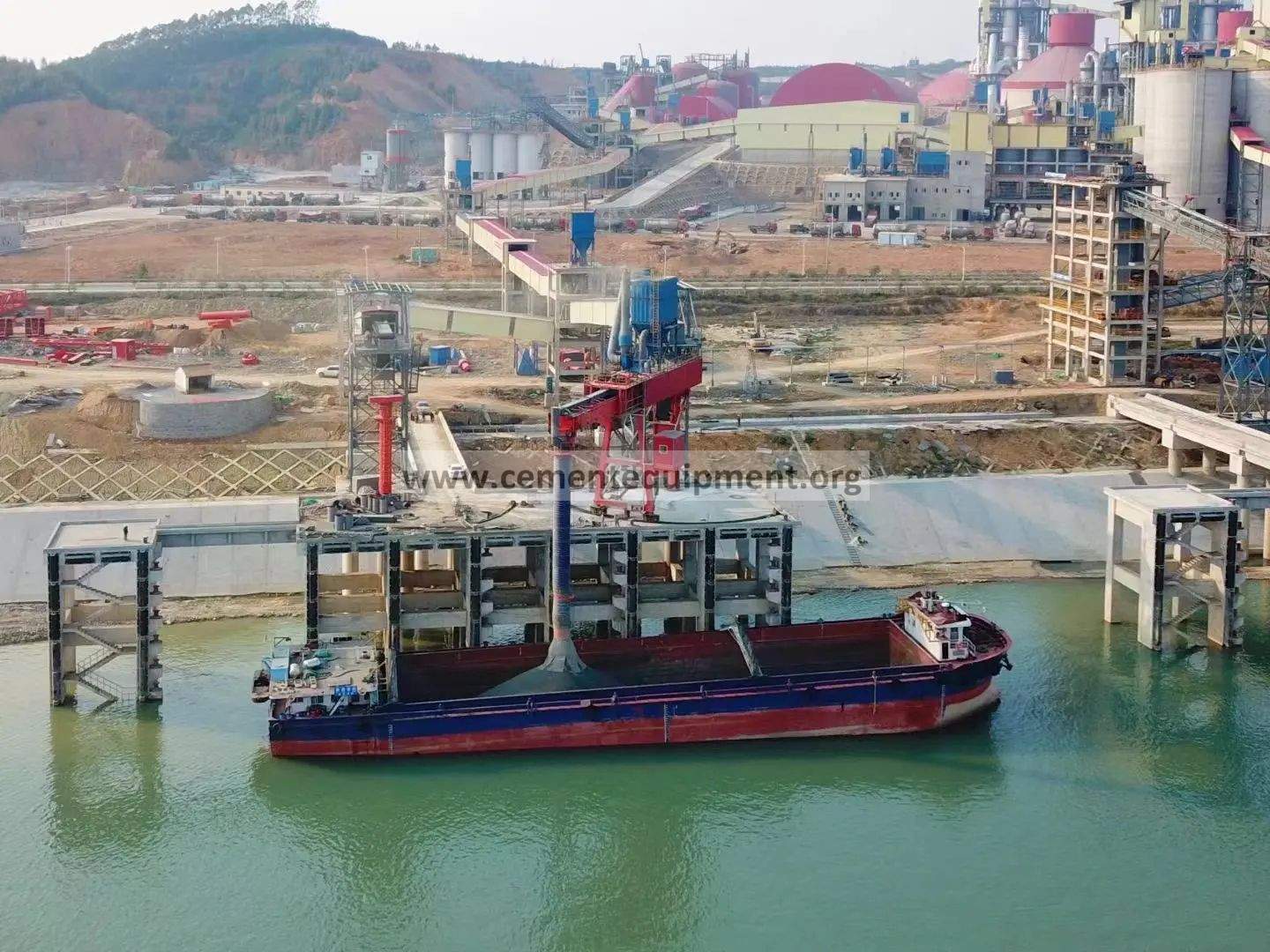Contents
How is clinker shipped?

Introduction
Cement production is a vital element of the construction industry, and cement clinker is the main constituent of cement. Cement clinker is produced by heating a mixture of limestone, clay, and other raw materials in a kiln. The resulting product is ground into fine powder, which is then used to produce cement. Shipping and dispatching cement clinker by sea is an essential aspect of cement production, allowing for the global distribution of this crucial construction material. This essay will explore the processes involved in cement clinker shipping and dispatching by sea, including packaging, loading, and unloading, and the challenges that must be addressed to ensure the safe transportation of this valuable commodity.
Packaging
Before cement clinker can be shipped, it must be packaged in containers suitable for transportation at sea. The traditional method of packaging cement clinker is in bulk cargo vessels, where it is transported in large quantities in the hold of the ship. However, this method is not without its challenges. Bulk transportation of cement clinker requires careful handling to prevent contamination from seawater and other contaminants. Moreover, bulk transportation of cement clinker requires specialized vessels equipped with appropriate handling equipment.
To address these challenges, cement clinker is packaged in specialized containers for sea transportation. These containers are designed to withstand the rigors of sea transportation, including exposure to saltwater, high humidity, and fluctuating temperatures. They are typically made of steel, aluminum or other materials such as fiberglass reinforced plastic (FRP) or composite materials. Containers are available in various sizes, ranging from small drums to large boxes, depending on the volume of the shipment. The containers are sealed tightly to prevent moisture intrusion and other forms of contamination.
Loading
The loading of cement clinker onto the ship is a crucial process that requires careful planning and execution to ensure the safety of the crew and the cargo. Depending on the size and type of vessel, the loading process may involve the use of specialized equipment such as cranes, conveyors, and loaders. Typically, cement clinker is loaded onto the vessel at ports or terminals equipped with suitable loading facilities.
The loading process begins with the preparation of the cargo hold. The hold must be cleaned thoroughly to remove any contaminants that may have accumulated during previous voyages. The cargo hold must also be inspected for damage that may compromise its integrity. Once the hold is prepared, the containers containing the cement clinker are lifted onto the vessel using lifting equipment.
The containers are carefully placed in the hold, taking into account their weight and distribution. The containers must be stowed securely to prevent them from shifting during transit, which could cause damage to the cargo and endanger the crew. The loading process must be monitored closely to ensure that the cargo is safely stowed and secured.
Unloading
The unloading process is a critical aspect of cement clinker shipping and dispatching by sea. Unloading involves the careful removal of the containers from the hold of the vessel and their transportation to the destination warehouse or storage facility. Unloading typically takes place at ports or terminals equipped with suitable unloading facilities.
The unloading process begins with the preparation of the receiving area. The area must be clean, dry, and free of any obstructions that may hinder the unloading process. Once the receiving area is prepared, the vessel is positioned alongside the dock, and the containers are lifted off the ship using specialized equipment such as cranes or forklifts.
The containers are carefully placed on the ground or on transport vehicles, depending on the mode of transportation used to move them to the storage facility. During the unloading process, the cargo must be handled carefully to prevent damage or contamination. The containers must be opened one at a time, with care taken to prevent spillage.
Challenges
Shipping and dispatching cement clinker by sea present several challenges that must be addressed to ensure the safety of the crew and cargo. Some of these challenges include:
1. Moisture and contamination: Cement clinker is vulnerable to moisture and contamination, which can affect its quality and render it unusable. Careful packaging and handling are required to prevent moisture intrusion and other forms of contamination during transit.
2. Stowage and securing: Cement clinker is heavy, and its containers must be stowed and secured carefully to prevent shifting during transit. The stowage and securing process must be monitored closely to ensure that the cargo remains secure throughout the voyage.
3. Loading and unloading: The loading and unloading process require specialized equipment and careful handling to ensure the safety of the crew and cargo. Any errors or mishaps during the loading or unloading process can cause damage to the cargo or endanger the crew.
4. Weather conditions: Sea voyages are subject to weather conditions, and adverse weather can cause delays, damage to the cargo or vessel, and endanger the crew.
Conclusion
Shipping and dispatching cement clinker by sea is a vital aspect of cement production, allowing for the global distribution of this crucial construction material. It involves careful packaging, loading, and unloading, as well as addressing challenges such as moisture and contamination,